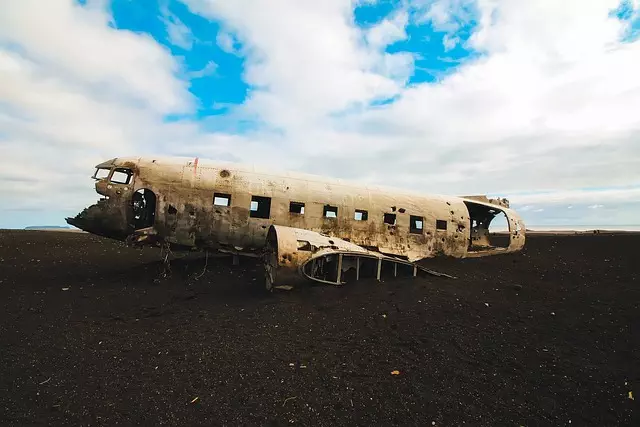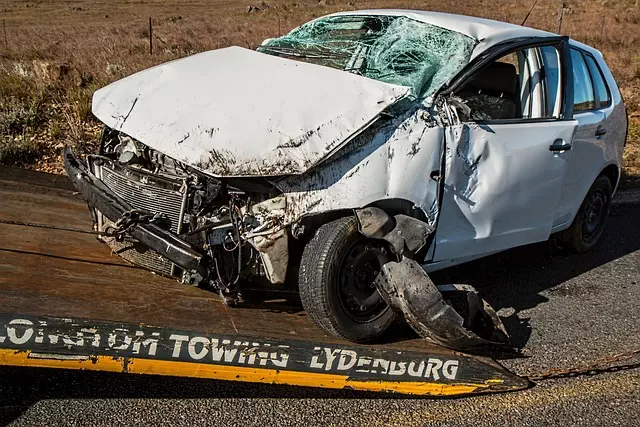Category: Slip and Fall Injuries Queens
Slip and Fall Injuries in Queens: A Comprehensive Analysis
Introduction
In the bustling metropolis of New York City, particularly within the vibrant borough of Queens, slip and fall injuries have emerged as a significant concern. This phenomenon, often overlooked, has profound implications for individuals, businesses, and the legal landscape. The article delves into the intricate world of slip and fall accidents in Queens, exploring their causes, impact, and the multifaceted strategies employed to mitigate risks. By examining various aspects, from historical perspectives to technological innovations, we aim to provide a holistic understanding of this critical issue.
Understanding Slip and Fall Injuries in Queens
Definition and Core Components
Slip and fall injuries refer to accidents where an individual slips or trips and falls on a property, resulting in physical harm. These incidents can occur due to various factors, including slippery surfaces, uneven terrain, or poorly maintained facilities. In the context of Queens, a diverse urban area with a mix of residential, commercial, and public spaces, slip and fall cases are prevalent and often complex.
Historical Context
The issue of slip and fall injuries is not new; however, its legal and social significance has evolved over time. Historically, property owners had a common law duty to ensure their premises were safe for visitors. Over the years, this has been codified into laws and regulations, particularly after landmark cases that established precedent for liability in such accidents. In Queens, as in many urban centers, the increasing foot traffic and diverse range of properties have contributed to the complexity of slip and fall cases.
Significance and Landscape
Slip and fall injuries in Queens are a significant public health concern, often leading to severe physical consequences and substantial legal implications. These incidents can result in fractures, head traumas, sprains, and other injuries, requiring medical attention and potentially long-term rehabilitation. The impact extends beyond individual suffering, with associated costs for healthcare, legal fees, and loss of productivity.
Global Impact and Trends
International Influence
Slip and fall accidents are a global issue, with varying rates and responses across countries. For instance, countries with strict liability laws tend to have lower incident rates as property owners are more incentivized to maintain safe premises. Queens, being part of a diverse nation, mirrors these international trends, with cultural and legal factors influencing the handling of slip and fall cases.
Regional Variations
The impact and perception of slip and fall injuries vary across different regions within Queens itself. Factors such as climate, urban planning, and socioeconomic conditions play a role in determining the frequency and severity of such accidents. For example, areas with frequent snow and ice may experience higher rates due to slippery surfaces during winter months.
Key Trends Shaping Trajectories
Internationally, there is a growing emphasis on preventing slip and fall injuries through public awareness campaigns, improved building codes, and technological solutions. This trend is evident in Queens as well, where community initiatives and legal reforms are aimed at enhancing safety and reducing the number of such accidents.
Economic Considerations
Market Dynamics
The economic impact of slip and fall injuries in Queens is multifaceted. On one hand, it contributes to local healthcare costs and legal fees, affecting businesses and individuals. On the other, it drives demand for services related to injury treatment, rehabilitation, and legal representation, creating employment opportunities.
Investment Patterns
Property developers and investors in Queens must consider slip and fall risks when making decisions. Strict liability laws and potential insurance implications influence their approach to maintenance and safety standards. This, in turn, shapes the development of commercial and residential properties, affecting rental rates, property values, and investment strategies.
Economic Systems and Safety Measures
The integration of safety measures to prevent slip and fall accidents is a critical aspect of economic system resilience. Queens has seen investments in public infrastructure, improved lighting, and better maintenance protocols, all aimed at reducing injury risks and associated costs.
Technological Advancements
Innovations in Safety Technology
Technological advancements have revolutionized the way slip and fall injuries are addressed. From sophisticated floor coatings that enhance traction to smart sensors that detect dangerous conditions, these innovations offer promising solutions. For instance, anti-slip treatments for floors, especially in high-traffic areas, have proven effective in reducing incident rates.
Impact on Injury Prevention
The adoption of such technologies in Queens has shown mixed results. While some businesses and property managers embrace these advancements, others lag due to cost concerns or a lack of awareness. However, with increasing legal accountability and public pressure, the integration of safety technology is becoming more widespread.
Future Potential
The future holds immense potential for technological solutions, particularly with the rise of the Internet of Things (IoT). Smart buildings equipped with sensors and AI-driven analytics can anticipate and mitigate slip and fall risks in real time. Additionally, virtual reality training programs can educate individuals on safety protocols, fostering a culture of awareness.
Policy and Regulation
Legal Frameworks
The legal landscape surrounding slip and fall injuries in Queens is complex and evolving. New York State laws, including strict liability rules, set the standard for property owner responsibilities. Local ordinances further refine these regulations, addressing specific concerns within the borough.
Key Policies and Their Impact
- Notice of Dangerous Condition: Property owners must provide reasonable notice of known hazards to avoid liability. This often involves prompt cleanup of spills or ice.
- Reasonable Care: Owners are expected to exercise reasonable care in maintaining safe premises, including regular inspections and repairs.
- Statute of Limitations: Victims have a limited time (usually three years) to file legal claims, adding a layer of complexity to slip and fall cases.
Legal Reforms and Community Initiatives
Recent legal reforms in Queens aim to streamline the process for victims seeking compensation while also ensuring fair practices by law firms. Community organizations collaborate with local authorities to raise awareness, conduct safety inspections, and offer educational resources.
Risk Mitigation Strategies
Property Maintenance and Inspections
Regular maintenance and thorough inspections are fundamental to preventing slip and fall accidents. This includes addressing issues like loose tiles, uneven pavement, or faulty handrails. Property managers in Queens should implement structured maintenance schedules and encourage tenants to report potential hazards promptly.
Public Awareness Campaigns
Educating the public about slip and fall risks is essential. Campaigns targeting pedestrians, drivers, and property owners can promote safe practices, such as being mindful of icy surfaces or keeping entryways clear of obstacles.
Improved Lighting and Signage
Enhancing lighting in public areas and on private properties improves visibility and reduces the risk of accidents. Clear signage indicating potential hazards, especially during winter months, can also serve as a preventative measure.
Training and Education for Business Owners
Business owners and managers should receive training on slip and fall prevention, including understanding legal obligations and implementing effective safety protocols. This ensures that staff are equipped to maintain safe environments and respond appropriately in case of accidents.
Case Studies: Real-Life Examples
The Impact of Strict Liability Laws
In a landmark case in Queens, a property owner was held strictly liable for a slip and fall accident due to a spilled beverage on the floor of a restaurant. This judgment highlighted the importance of maintaining clean premises and set a precedent for similar cases. As a result, many businesses implemented stricter cleaning protocols.
Community Collaboration for Safety
A local community group in Queens initiated a safety program targeting high-risk areas during winter. They worked with city officials to install better lighting, de-icing equipment, and improved signage. The collaborative effort led to a significant reduction in slip and fall incidents and fostered a sense of community engagement.
Conclusion
Slip and fall injuries in Queens, New York, present complex challenges that require a multifaceted approach. By understanding the historical, legal, and technological aspects, we can work towards creating safer environments. Through policy reforms, public awareness, and innovative solutions, the impact of these accidents can be minimized, ensuring the well-being of residents, visitors, and businesses alike.
Rideshare Crashes in The Bronx: Legal Implications and Slip & Fall Injuries
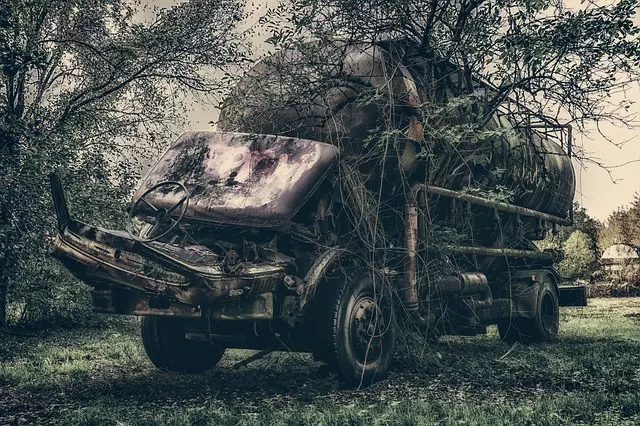
Slip and fall injuries in Queens, New York, are common and often caused by hazardous conditions, poo…….
Slip and Fall Lawyer Manhattan: Navigating Burn Injury Claims & Prevention
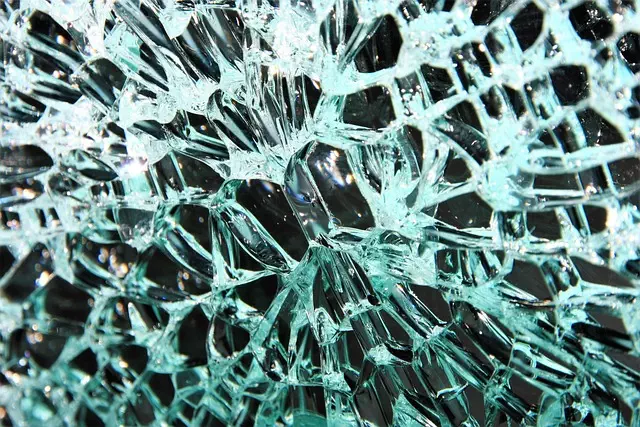
Slip and fall accidents are common in Queens, New York City, causing varying injuries. When negligen…….
Slip and Fall Injuries in Queens: Navigating Compensation with No-Fault Lawyer
Slip and Fall Injuries in Queens: Employee Rights & Compensation

Slip and fall injuries are prevalent in Queens workplaces, leading to physical harm and financial st…….
Expert Witnesses in Manhattan: Navigating Medical Malpractice & Slip and Fall Injuries in Queens
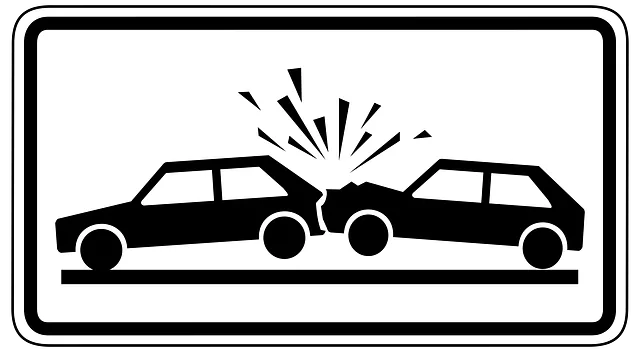
Medical malpractice claims in Manhattan span various negligences, with expert witnesses offering cri…….
Distracted Driving Causes Increase in Slip and Fall Injuries in Queens
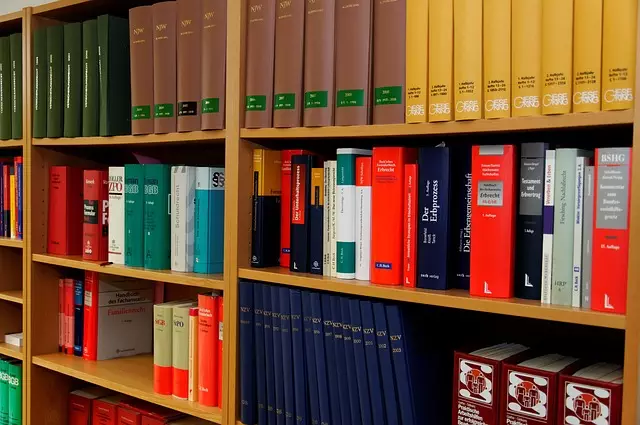
Distracted driving has surged in New York City, particularly in Queens, leading to a sharp rise in s…….
Slip and Fall Injuries in Queens: Causes, Prevention & Legal Implications

Slip and fall injuries in Queens are a significant workplace safety concern, often caused by hazardo…….
Taxi Cab Insurance Claims: Navigating Risks, slip and fall injuries in Queens
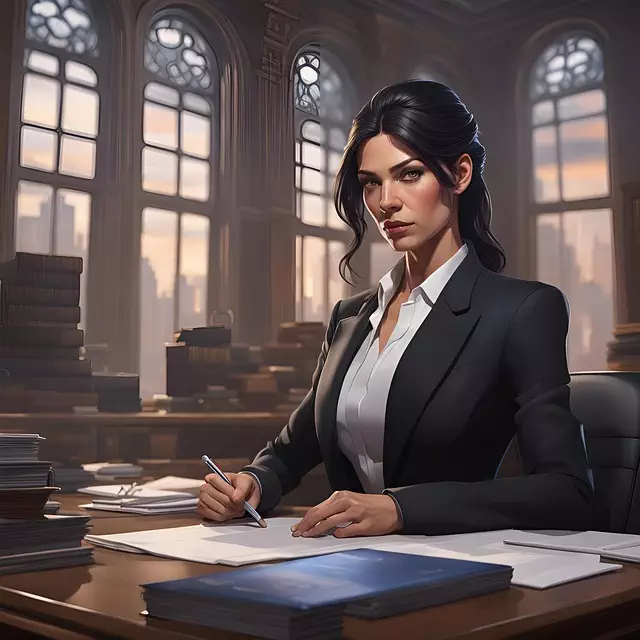
Taxi cab insurance is critical protection against financial risks from Slip and Fall Injuries in div…….
Bus Accident Settlements Brooklyn: Slip and Fall Injuries in Queens & Maximizing Compensation
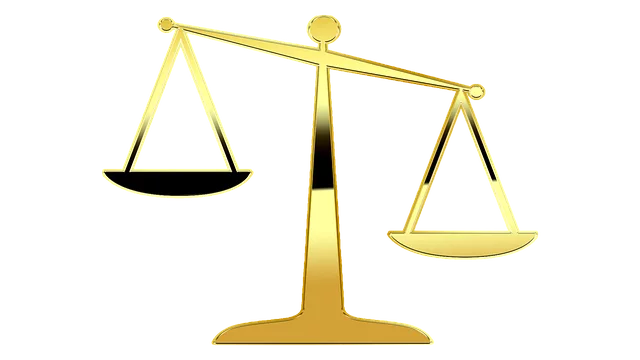
Slip and fall injuries in Queens, New York, often result from property owner negligence regarding sa…….
